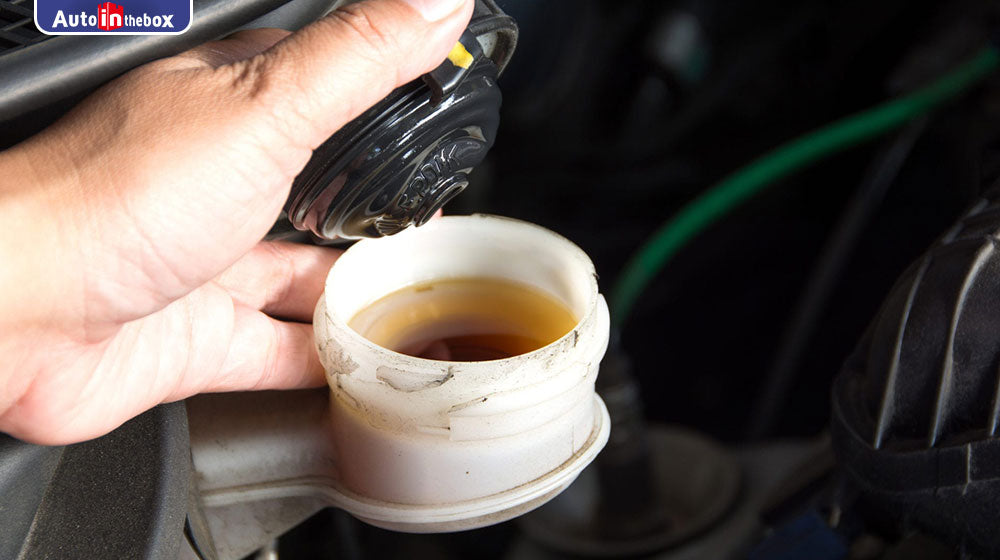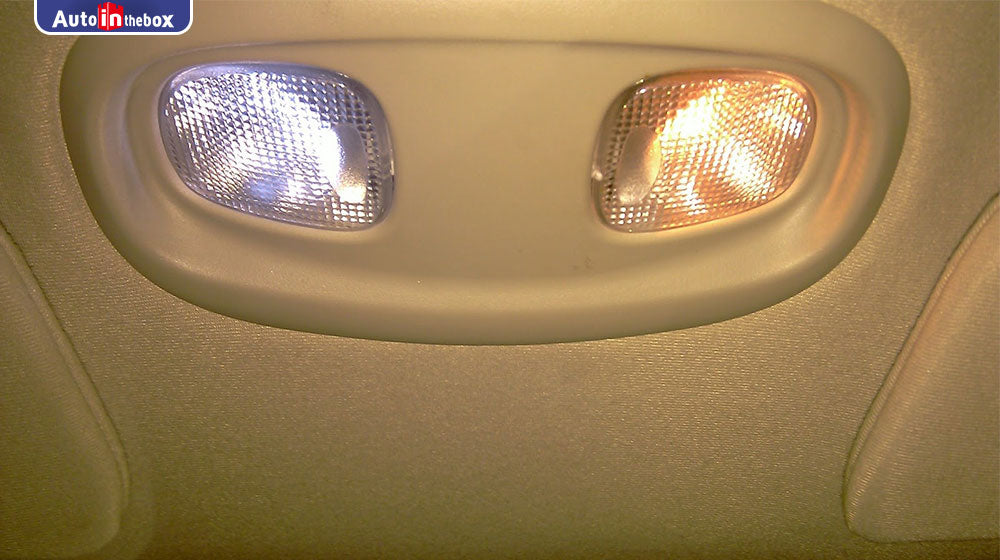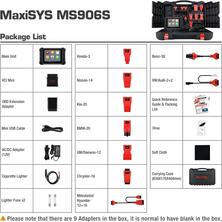
My Coolant Looks like Mud & My Car Won't Start
There are certain things an engine can do that just reek of "very bad," and unnatural changes in fluid color or texture rate pretty high on that list. Nasty coolant is one of those that can elicit a kind of knee-jerk disgust or panic -- as well it should. Not only is the idea of viscous mud flowing through your engine in place of clear, green antifreeze disturbing, it can be a sign of serious engine failure.
Coolant Color
Brown coolant isn't unusual, especially in iron engines that haven't had a recent coolant change. Fresh coolant has corrosion inhibitors in it that keep the block and other iron components from rusting. Over time, the block uses up those inhibitors, and begins to rust from the inside out. That rust gives old coolant its orange-brown color. Sludgy oil in the coolant can turn it brown, but more often it will turn more of an opaque cream or chocolate milk color. This happens because the oil and water emulsify rather than mix. It's the same thing that happens when you shake up a bottle of Italian dressing.
Coolant Thickness and Texture
If your coolant is very thick, smooth and not strongly rust-colored, you have other problems. Oil-colored, creamy, very thick coolant might mean serious problems, including a cracked block or blown head gasket. It could also mean a leaking water pump gasket. Thick coolant can also occur because or the prior use of store-bought radiator leak stopper additive. If the drained coolant is slimy and sticky, and came out of your radiator like a runny nose, then the thickness may come from the use of radiator leak stopper.
Engine No-Start
Most of these problems won't shut an engine down entirely. Even a blown head gasket will generally allow the car to sputter and backfire, if not start right up with a slight misfire. The same goes for a cracked block; as serious a problem as these indicate, the symptoms of even a fairly severely cracked block can be fairly minor. Often, you'll need to check the oil for emulsified water to know for sure. It is possible for the engine to be so badly damaged that it won't start, but you should see some signs of combustion, like chugging and backfiring. The presence of a leak additive in the coolant can be a sign that the previous owner knew of a cracked block or blown gasket, but it's not definitive. If your engine won't start, the problem is more likely electrical than strictly mechanical.
Coolant Level Shutdown
Many modern cars have coolant level sensors, either in the radiator or in the overflow tank. Many of them are simple float-level sensors, like in your toilet. Thick, gummy fluid can over time cause the mechanism to malfunction, either causing it to stick or causing a hollow float to sink. As a safety measure, some cars have an auto-shutdown feature that will kill the engine if the coolant level drops too far. This keeps you from frying the engine in the event of a total coolant loss. It's possible that, if your engine no-start is related to the coolant, this engine protection feature may be the cause.
Ground Fault
If your engine shuts down because of a coolant level sensor, it should send a code to the computer saying so. The same is true of a ground fault, which will manifest as a "low voltage" code. Your engine uses a ground strap -- usually a braided, steel "ribbon" -- to connect the engine to the chassis. It's a little-known fact that if your engine ground is weak because of a loose ground bolt or frayed strap, electricity will course through the coolant searching for ground. This ionizes the coolant, turning it into a mild electrolytic acid and causing it to corrode the block much faster. A bad ground strap will turn your coolant into thick rust mud because it's eating the block at an accelerated rate, and heavy rust scale flakes off and powders in the coolant. It could be that your ground strap has been going bad for some time, causing the coolant to turn muddy. When the strap finally failed, the electrical system lost its ground, and the engine died.
Coolant Color
Brown coolant isn't unusual, especially in iron engines that haven't had a recent coolant change. Fresh coolant has corrosion inhibitors in it that keep the block and other iron components from rusting. Over time, the block uses up those inhibitors, and begins to rust from the inside out. That rust gives old coolant its orange-brown color. Sludgy oil in the coolant can turn it brown, but more often it will turn more of an opaque cream or chocolate milk color. This happens because the oil and water emulsify rather than mix. It's the same thing that happens when you shake up a bottle of Italian dressing.
Coolant Thickness and Texture
If your coolant is very thick, smooth and not strongly rust-colored, you have other problems. Oil-colored, creamy, very thick coolant might mean serious problems, including a cracked block or blown head gasket. It could also mean a leaking water pump gasket. Thick coolant can also occur because or the prior use of store-bought radiator leak stopper additive. If the drained coolant is slimy and sticky, and came out of your radiator like a runny nose, then the thickness may come from the use of radiator leak stopper.
Engine No-Start
Most of these problems won't shut an engine down entirely. Even a blown head gasket will generally allow the car to sputter and backfire, if not start right up with a slight misfire. The same goes for a cracked block; as serious a problem as these indicate, the symptoms of even a fairly severely cracked block can be fairly minor. Often, you'll need to check the oil for emulsified water to know for sure. It is possible for the engine to be so badly damaged that it won't start, but you should see some signs of combustion, like chugging and backfiring. The presence of a leak additive in the coolant can be a sign that the previous owner knew of a cracked block or blown gasket, but it's not definitive. If your engine won't start, the problem is more likely electrical than strictly mechanical.
Coolant Level Shutdown
Many modern cars have coolant level sensors, either in the radiator or in the overflow tank. Many of them are simple float-level sensors, like in your toilet. Thick, gummy fluid can over time cause the mechanism to malfunction, either causing it to stick or causing a hollow float to sink. As a safety measure, some cars have an auto-shutdown feature that will kill the engine if the coolant level drops too far. This keeps you from frying the engine in the event of a total coolant loss. It's possible that, if your engine no-start is related to the coolant, this engine protection feature may be the cause.
Ground Fault
If your engine shuts down because of a coolant level sensor, it should send a code to the computer saying so. The same is true of a ground fault, which will manifest as a "low voltage" code. Your engine uses a ground strap -- usually a braided, steel "ribbon" -- to connect the engine to the chassis. It's a little-known fact that if your engine ground is weak because of a loose ground bolt or frayed strap, electricity will course through the coolant searching for ground. This ionizes the coolant, turning it into a mild electrolytic acid and causing it to corrode the block much faster. A bad ground strap will turn your coolant into thick rust mud because it's eating the block at an accelerated rate, and heavy rust scale flakes off and powders in the coolant. It could be that your ground strap has been going bad for some time, causing the coolant to turn muddy. When the strap finally failed, the electrical system lost its ground, and the engine died.
Older Post
 Newer Post
Newer Post

Programming Instructions for a Remote Starter

What Are Map Lamps?










